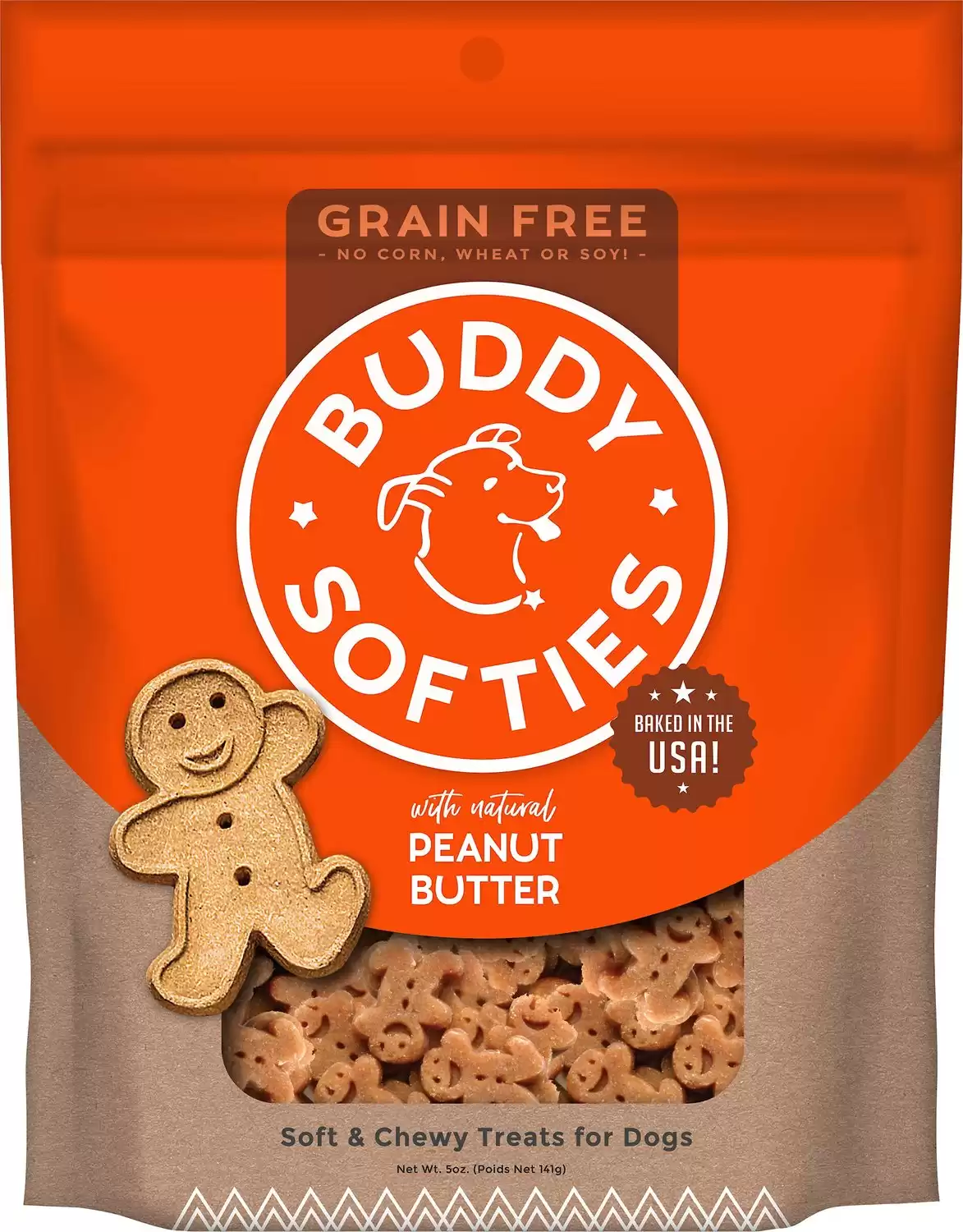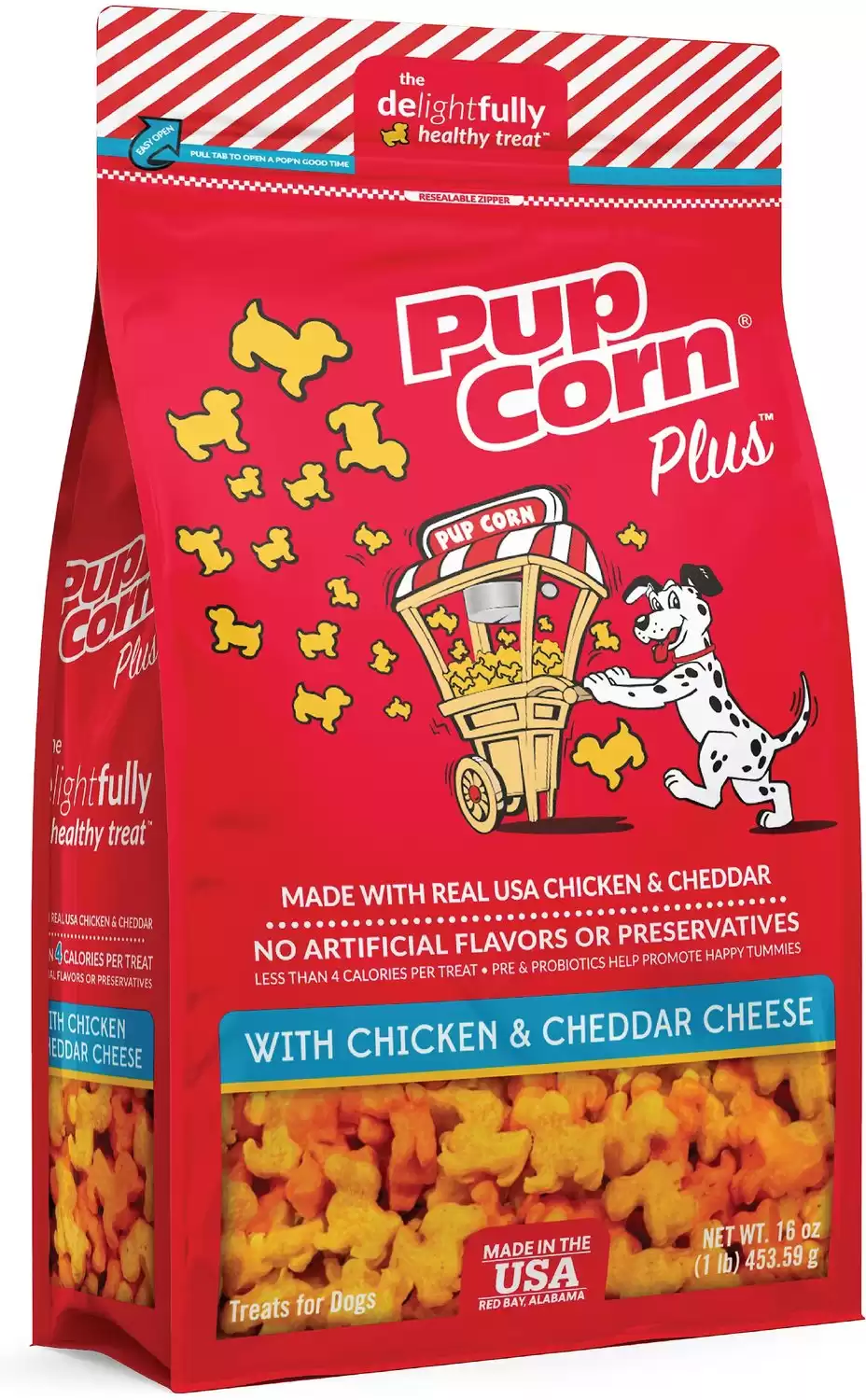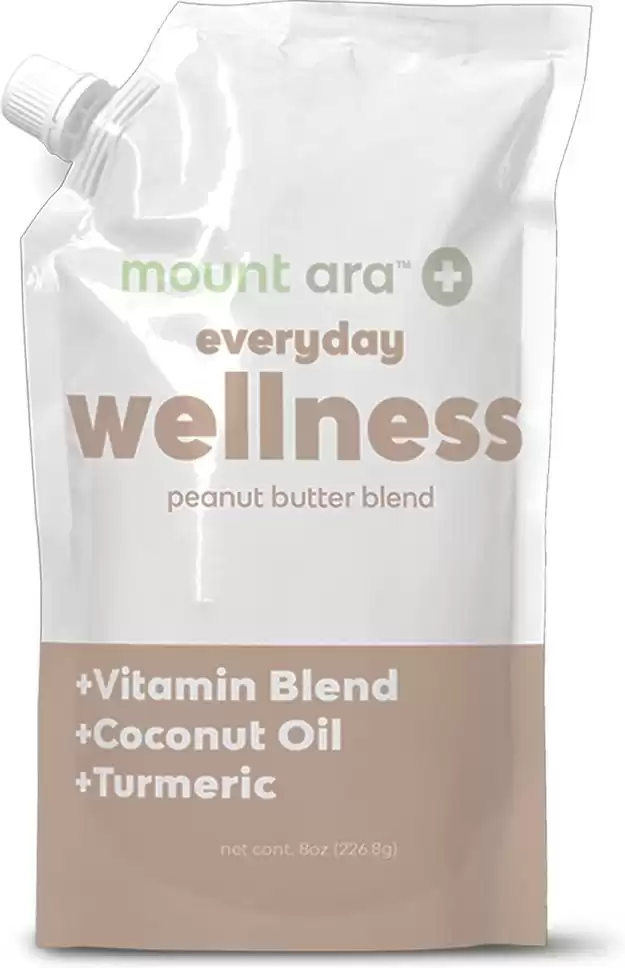Kale is a green, leafy, delicious plant that belongs to the cruciferous group of vegetables. Other examples of cruciferous vegetables include; broccoli, cabbage, Brussels sprouts, radishes, and collards. This group of vegetables is known for its outstanding nutritional benefits.
Kale is a superfood enjoyed by lots of people because of its several health properties. It lowers inflammation and reduces the risk of cancer development. And this often leaves pet owners wondering if kale would also be a good choice in dogs’ diets?
So, are you trying to figure out whether to feed your dog kale or scrap the idea altogether? Let’s look at the answer to this question and shed some light on its potential risks and benefits.
Can Dogs Eat Kale?
Yes, you can feed your dog kale but do so in moderate quantities. Kale contains a lot of health benefits for your dog, and at the same time, it can be potentially toxic if fed in excess.
As stated above, kale is a vegetable, and generally, vegetables are known for their actions in the process of digestion because they are high in fiber.
The vitamins present in kale are in quantities high enough to be mentioned as one of its nutritional benefits. These vitamins help your dog maintain healthy skin and boost its immune system.
However, feeding kale to your dog in excess can be toxic to the health of your dog. This is because kale contains a few natural compounds like calcium oxalate and isothiocyanates that are potentially harmful to your dog.
Always remember that all dogs react differently to each and various foods. It would be best to consult your vet before trying out any new snacks or vegetables in your dog’s meal.
Benefits of Feeding Your Dog Kale
Kale is considered a fountain of nutrients readily available for dogs and humans when consumed. The following are some of the nutrients found in kale:
Fibers
Vegetables such as kales are known for their high fiber content. These fibers aid bowel movement and facilitate the proper digestion of food. However, the fibers are not digested rapidly, so feeding your dog excess kales can cause gastrointestinal discomfort.
Iron
Kale is rich in iron. Iron is needed in the body to produce red blood cells properly. It is also an essential component of hemoglobin responsible for oxygen transport within your dog’s body. Iron in kale helps prevent anemia in your dog.
Calcium
Calcium helps in the growth of healthy teeth in your dog. It also strengthens and aids proper bone development. The natural oxalate compound found in kale helps to make the calcium more readily absorbed.
Vitamins
Kale contains vitamins C, E, and K in moderate proportions. Vitamin C and E aid in the maintenance of a healthy immune system to prevent your dog from infection. These vitamins also help keep your dog’s skin and connective tissues healthy. Vitamin K is also essential in the blood clotting process.
Antioxidants
Kale contains antioxidants that remove excess free radicals in your dog’s body. Accumulation of these free radicals without removal can lead to inflammation and cause oxidative damage to cells in your dog’s body.
Other Minerals
Kale also contains minerals like manganese which facilitates proper metabolism for energy production in your dog’s body. And other minerals like potassium provides your dog with electrolytes which help keep your pups active and keep their organs healthy.
Is Raw Kale Okay for Your Dog?
Yes, you can feed your dog raw kale. Study shows that raw kale has the highest nutrient content. Other kale cooking methods except steaming resulted in a drastic reduction in the number of antioxidants and minerals found in kale.
However, moderation is greatly required while feeding your canine friend raw kale. This is because raw kale contains goitrogens. And this may stop your dog’s body from absorbing iodine efficiently, causing impairment of the thyroid gland.
Do not feed raw kales to dogs with health conditions like hypothyroidism. The goitrogens in kale may interfere with the functionality of their medication and make the condition harder to treat.
What about
Cooked Kale?
Yes, cooked kale is safe for your dog if it is not heavily seasoned or served with any sauce. Although cooking kale reduces nutrients found in kale, at the same time, it removes goitrogens present in raw kale. This makes it more healthy to feed your dog.
Curly Kale?
Yes, dogs can eat curly kale just like the regular kale and in moderate quantities. Curly kale can be identified by its wavy leaves. They are the most common. You can feed your canine friend a little raw or steamed curly kale as an occasional addition to its diet.
Kale Stems?
No, do not feed your dog kale stems. Kale stems are edible, but they are usually very tough and bitter. And asides from that, they contain high oxalate content, which is toxic to your dog. Although cooking kale stems reduces the oxalate content and toxicity simultaneously, it’s still recommended that you remove this part of kale from your dog’s diet.
Risks Attached to Feeding Your Dog Excess Kale
Kale is not poisonous, and feeding your dog small amounts is unlikely to cause harm. But there are compounds found within it that can be dangerous to your dog’s health if fed in large quantities or regularly.
Calcium Oxalate
The natural oxalate that aids absorption of calcium mentioned earlier can also be toxic to your dog if present in excess.
Excess calcium oxalate can cause kidney and bladder stones. If your dog has suffered from bladder stones in the past, or they’ve been diagnosed with a higher risk of developing bladder stones, it is recommended that you do not feed them kale at all.
Study shows that calcium oxalate stones have been diagnosed more often in the following breeds:
If your dog belongs to any of these breeds, avoid feeding them kale because they are naturally prone to have kidney stones. There are other vegetable alternatives that you can feed your dog asides from kale. This will be discussed later.
Isothiocyanates
In small and moderate quantities, these compounds found in kale are known for their ability to potentially reduce the risk of cancer occurrence in dogs and humans alike. But when fed in large amounts to your dog, they can cause gastrointestinal discomfort.
How Much Kale Can I Feed My Dog?
If you want to feed your dog kales, it would be best if you followed the 10% rule. The 10% rule means that your dog’s snacks, treats, and other complementary foods like kale should not make up more than 10% of their recommended daily calories allowance.
The remaining 90% should be from healthy dog food. This ensures that your dogs are getting the balanced and right amount of nutrients needed to stay healthy and active.
What to Do if My Dog Eats Excess Kale?
As often as most pet owners try, it is almost impossible to control what your dog eats totally. So if your dog munches on excess kale, the first thing to do is to monitor it closely for signs of stomach upset or symptoms of kidney and bladder stones like:
- Vomiting
- Diarrhea
- Difficulty urinating
If you notice your dog with any of the following symptoms, the next thing is to take your dog to the vet for proper treatment.
Other Vegetable Alternatives You Can Feed Your Dog
Kale is beneficial yet potentially dangerous to your dog’s health. Here are a few vegetable alternatives you can safely feed your dog:
Conclusion
Yes, feeding your dog small and moderate quantities of kale is safe and beneficial to your dog’s health. However, excess kale in your dog’s diet can be toxic.
Always follow the 10% rule when adding treats and snacks to your dog’s diet. And avoid kale for dogs with previous bladder and kidney problems.
Also, you should always consult your veterinarian before introducing a new treat to your dog’s meal. They are more learned and can advise you better on the best meal choice for your dog.
Here’s a list of other “human foods” that are considered safe for your dog’s consumption:
- Plain popcorn
- Peanut butter (without xylitol)
- Quinoa
- Cheese
For your convenience, we’ve rounded up some healthy treats based on the recommendations above:
 Check Chewy Check Amazon
Check Chewy Check Amazon- These bone-shaped treats are grain and gluten-free
- Made from human-grade, non-GMO ingredients sourced in the U.S.
- Light, crunchy texture
- Free from artificial flavors, colors, and fillers
- Perfect for dogs with food allergies or sensitivities
 Check Chewy Check Amazon
Check Chewy Check Amazon- Includes peanut butter, chicken, and oats
- These crunchy treats contain just 5 calories each
- Free from chicken by-products, artificial flavors, artificial colors, artificial preservatives, corn, wheat, and soy protein
- Made in the U.S.A.
 Check Chewy Check Amazon
Check Chewy Check Amazon- Available in 5 sizes
- Made with real chicken and Cheddar cheese
- 100% free from artificial flavors and preservatives
- Contain prebiotics and probiotics to support your dog's healthy digestion.
- Made in the U.S.A.
 Check Chewy
Check Chewy- Contains coconut oil to support your dog's healthy skin, coat, digestive system, and more!
- Also contains turmeric, a powerful anti-inflammatory that supports joint and bone health
- Packed with vitamins
- Free from salt, sugar, milk, and xylitol
- Great tasting
The photo featured at the top of this post is © Natali Zakharova/Shutterstock.com
Ready to discover the top 10 cutest dog breeds in the entire world?
How about the fastest dogs, the largest dogs and those that are -- quite frankly -- just the kindest dogs on the planet? Each day, AZ Animals sends out lists just like this to our thousands of email subscribers. And the best part? It's FREE. Join today by entering your email below.
Thank you for reading! Have some feedback for us? Contact the AZ Animals editorial team.






